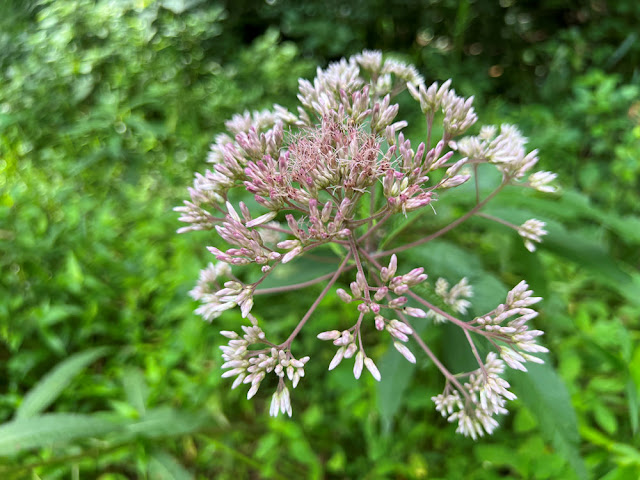Saturday, July 30, 2022
SATURDAY MORNING NOT AT THE BIRD FEEDER?
Friday, July 29, 2022
EVERGLADES A FEW YEARS AGO...
At least one day a week for a while, I thought I would share old road trips we have taken over the years. This one was back in 2014. We went to Florida, to the Everglades. I have never seen so many alligators in my life, to the point that I was more than a little leery. Most of the time we were looking down at them, but a few had made it to the pathways where we walked. I don't ever remember their number, a lot more than the previous trip we made a few years before, it seemed to me anyhow.
Thursday, July 28, 2022
THE LION SLEEPS TONIGHT...
The Lion Sleeps Tonight/Today, not in the mighty jungle but in the San Diego Zoo. It must have been very hot there too.
It's been a long time since I thought about this song. I still like it! You can listen to it here.
The photo is with thanks to my son and daughter-in-law who spent a few hours at the zoo yesterday.
Wednesday, July 27, 2022
WALK AROUND GREEN SPRING GARDENS CONTINUED...7-21-22
 We sat on a nearby bench to see if any water birds would appear. We haven't seen any Great Blue Herons at the pond since last year. Maybe next time!
We sat on a nearby bench to see if any water birds would appear. We haven't seen any Great Blue Herons at the pond since last year. Maybe next time!  I felt lucky to see the female mallard, which I also shared in a previous post. She was preening herself and then seemed to have a little snooze.
I felt lucky to see the female mallard, which I also shared in a previous post. She was preening herself and then seemed to have a little snooze. 
 Each flower head has 20-30 yellow rays and darker yellow disks. The leaves are joined at the stem to form a small cup that holds water and attracts birds.
Each flower head has 20-30 yellow rays and darker yellow disks. The leaves are joined at the stem to form a small cup that holds water and attracts birds. Tuesday, July 26, 2022
REMEMBER THE LOTUS FLOWER
 “Great people will always be mocked by those who feel smaller than them.
“Great people will always be mocked by those who feel smaller than them.  A lion does not flinch at laughter coming from a hyena.
A lion does not flinch at laughter coming from a hyena.  A gorilla does not budge from a banana thrown at it by a monkey.
A gorilla does not budge from a banana thrown at it by a monkey. A nightingale does not stop singing its beautiful song at the intrusion of an annoying woodpecker.
A nightingale does not stop singing its beautiful song at the intrusion of an annoying woodpecker. Whenever you should doubt your self-worth, remember the lotus flower.
Whenever you should doubt your self-worth, remember the lotus flower.  Even though it plunges to life from beneath the mud...
Even though it plunges to life from beneath the mud... it does not allow the dirt that surrounds it to affect its growth or beauty.”
it does not allow the dirt that surrounds it to affect its growth or beauty.”












































